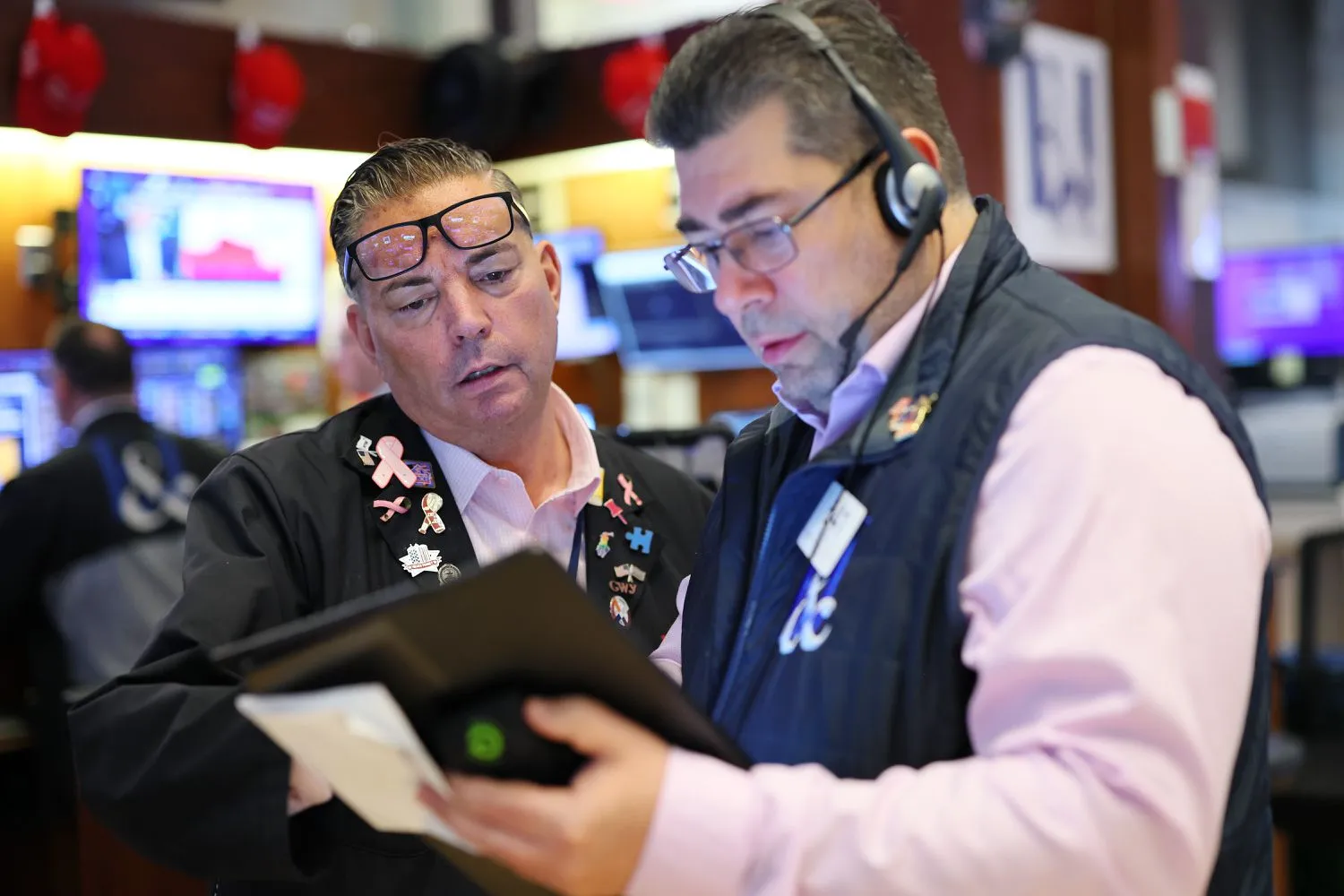For several months, Wall Street appeared unfazed by Donald Trump’s escalating trade war and the Federal Reserve’s persistent stance on maintaining higher interest rates. Market optimism was fueled by confidence in the resilience of the U.S. economy, which investors believed would continue to support strong equity performance.
That confidence began to crumble this week. A combination of weaker-than-expected job growth and Trump’s latest round of tariffs shook investor sentiment, amplifying calls for Fed Chair Jerome Powell to reduce rates. The developments also heightened market unease over the White House’s increasingly protectionist trade policies.
After nearly three months of relative market stability, Friday’s employment report abruptly shifted sentiment. Data revealed a sharp slowdown in job creation, sending traders scrambling toward safer assets.
The yield on two-year Treasury notes fell to 3.68%, marking its steepest one-day decline since December 2023. Meanwhile, expectations for a Fed rate cut next month surged, the dollar weakened, and the S&P 500 logged its worst week since May, continuing its pullback from record highs.
Jeff Schulze, head of economic and market strategy at ClearBridge Investments, described the situation as “bad news is bad news.” He warned that with job growth stagnating and tariffs likely to weigh further on hiring, there’s a growing risk of negative payroll reports in the coming months—a scenario that could stoke recession fears.
The disappointing jobs data sparked political fallout as well. Trump ordered the removal of Bureau of Labor Statistics Commissioner Erika McEntarfer, alleging—without evidence—that the labor figures were politically biased.
Economists pushed back against the claims. Neil Dutta of Renaissance Macro Research defended the integrity of U.S. economic data, saying that undermining these reports “undercuts market confidence.”
Geopolitical tensions compounded market anxiety. Trump announced he had deployed nuclear submarines to strategic locations in response to “provocative” remarks from former Russian President Dmitry Medvedev.
This shift represents a stark reversal from July, when markets rallied. The dollar strengthened, investors abandoned safe havens, and U.S. equities outperformed global peers on the back of robust earnings and solid economic data. That bullish narrative has weakened significantly.
Trump’s latest tariffs have pushed average U.S. import duties to 15%—the highest since the 1930s—while job growth has slowed to an average of just 35,000 over the past three months, the weakest stretch since the pandemic.
Analysts attribute some of the weakness to Trump’s efforts to curb government spending. As a result, traders have sharply increased the probability of a Fed rate cut in September to 91%, up from just 40% earlier in the week.
“Lots of folks have their eyes on the exit door,” said Joe Saluzzi, co-head of equity trading at Themis Trading. While the weak jobs report bolsters the case for a September rate cut, there’s growing concern that the Fed may be acting too slowly.
The economic uncertainty drove the dollar down as much as 1%, its steepest intraday drop since April. Stocks tied to economic growth led declines in the S&P 500, while small-cap shares in the Russell 2000 index suffered their worst week in over two months. Manufacturing data further highlighted economic strain, showing the sharpest contraction in nine months.
Powell and the Federal Open Market Committee now face a difficult challenge. Trump’s aggressive tariffs and attempts to unilaterally reshape global trade are weighing on the economy—raising production costs for U.S. companies and effectively taxing consumers. At the same time, these tariffs could reignite inflation, potentially preventing the Fed from cutting rates even as employment weakens.
Investors have been forced to reassess the U.S. economic outlook and its implications for asset prices. Market volatility spiked as traders reconsidered risks after U.S. equity values swelled by $15 trillion since April. The Cboe Volatility Index (VIX) jumped above 20 for the first time since April’s tariff-driven market selloff, while similar measures for corporate bonds also climbed.
According to Allianz Investment Management strategist Charlie Ripley, investors had grown “too complacent” about the economic impact of tariffs and high rates. “The economic cooling is beginning to take hold,” he said. “Softer labor conditions should raise eyebrows at the Fed, and given their reactive approach in recent years, we should expect a greater chance of action in coming months.”
The recent simultaneous decline in both the dollar and equities underscores that U.S. assets are not immune to economic or geopolitical shocks. Betting against the dollar had been the most popular trade among global money managers in Bank of America’s survey, yet the greenback just posted its first monthly gain since Trump assumed office. Similarly, bearish investors who favored international stocks over U.S. equities were caught off guard as the S&P 500 outperformed for a third consecutive month.
Some investors have remained cautious throughout. Rich Weiss, chief investment officer for multi-asset strategies at American Century Investment Management, has stayed underweight U.S. stocks, citing high valuations and lingering economic risks. “There are significant negatives with the deficit, tariffs, and inflation,” Weiss said. “The volatility—much of it driven by President Trump himself—suggests maintaining a cautious stance is prudent.”
For macro-driven fund managers, the rapid swings have been particularly challenging. The HFRX Macro/CTA Index is down 3% this year, on pace for its worst performance since 2018. Jeffrey Palma, head of multi-asset solutions at Cohen & Steers, summarized the outlook: “While growth had been strong and investors were becoming less concerned about tariffs, today’s weak employment report combined with trade uncertainty is a stark reminder that major risks remain ahead.”

Subscribe to our newsletter!
As a leading independent research provider, TradeAlgo keeps you connected from anywhere.








